1. Venison
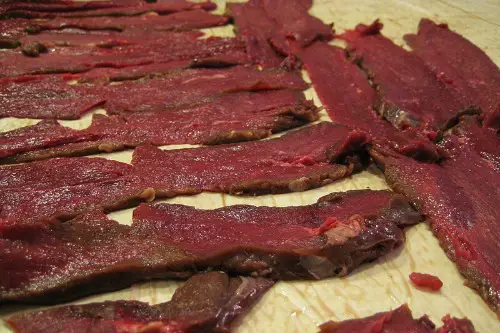
Deer meat was a primary protein source for many Native American tribes, especially those in the plains and forested areas. Venison was more than just food; it was a symbol of survival and respect for the land and its creatures. It was roasted, smoked, or made into stews and jerky for long journeys.
2. Corn (Maize)
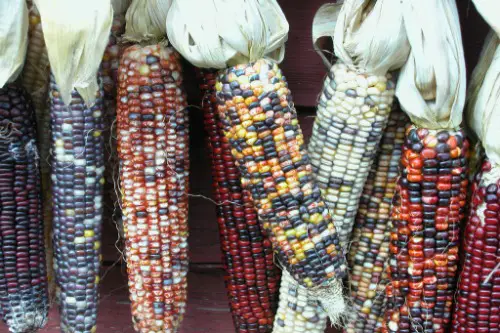
Corn wasn’t just a food; it was a way of life. Central to Native American culture, maize was used in countless ways, from tortillas and tamales to polenta-like dishes. The crop had varieties suited for different climates and purposes, including sweet corn, flint corn, and popcorn. It was versatile, nutritious, and formed the basis of many meals.
3. Squash
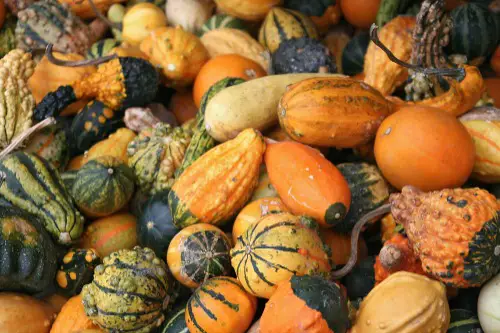
Native American tribes were some of the first to domesticate and cultivate squash. From zucchini to pumpkins, these vegetables were not just enjoyed as food but were essential in creating the Three Sisters planting method—corn, beans, and squash, which supported each other’s growth. Squash was a hearty source of vitamins and could be eaten roasted, boiled, or even as a sweet dessert.
4. Beans
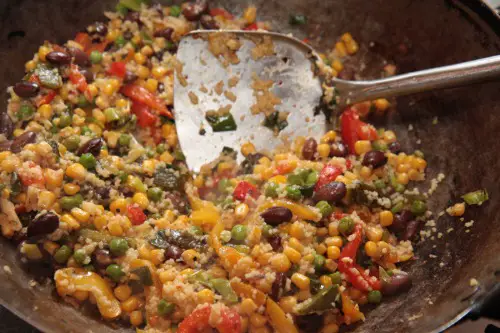
Beans were more than just a protein source; they were a crucial part of Native American diets, especially when combined with corn and squash. These legumes were nutritious and provided essential amino acids. They were often prepared in stews, cooked in earthen pits, or baked with maple syrup for a sweet twist.
5. Wild Rice
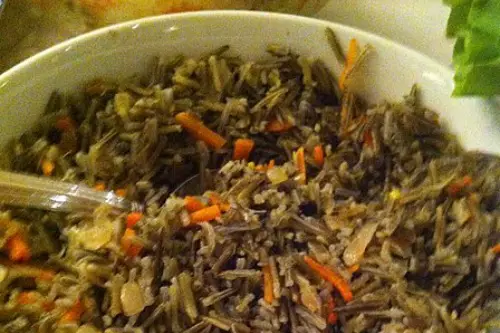
This nutty, flavorful grain was highly prized among tribes around the Great Lakes. Wild rice was not only a key staple but also a source of pride and tradition. It was harvested by hand using canoes, and the process involved careful, age-old techniques that respected the natural ecosystem. It could be eaten plain or used in soups and salads.
6. Maple Syrup
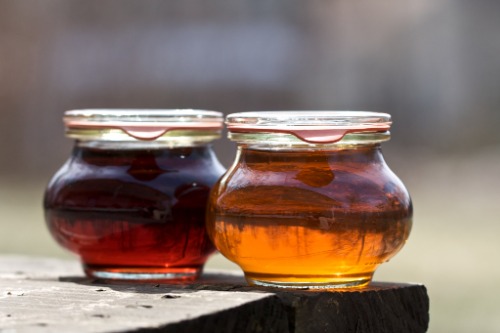
Native Americans were pioneers in the art of sugaring. They knew how to tap maple trees and make the sweet, amber syrup that would later become a favorite in modern kitchens. This syrup was used as a natural sweetener for porridge, as a flavoring for meats, and even in beverages. It was a vital source of energy during long winters.
7. Acorns
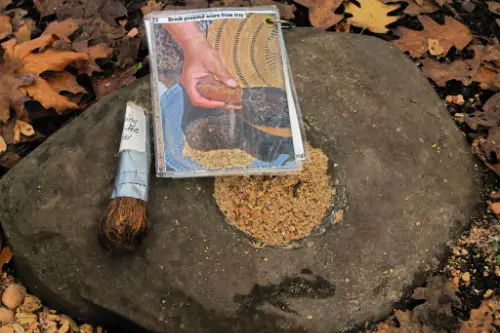
Acorns, while bitter and not easy to prepare, were a significant source of nourishment for tribes in California and other regions. After leaching the tannins out through soaking and boiling, acorns were ground into flour to make bread or mush. They were full of healthy fats and provided long-lasting energy.
8. Chili Peppers
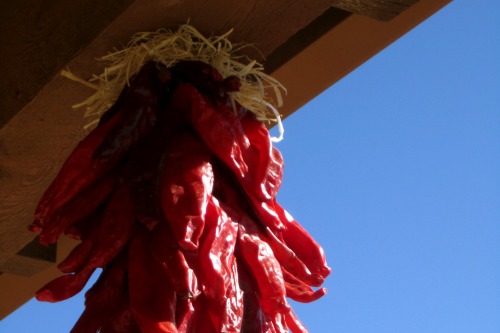
Native Americans in the Southwest were early fans of chili peppers, and their uses were hot—literally! These peppers added flavor and heat to dishes like stews and were even dried for long-term storage. They were rich in vitamins and provided a natural kick that helped preserve food in hot climates.
9. Fish (Salmon, Trout, and Pike)
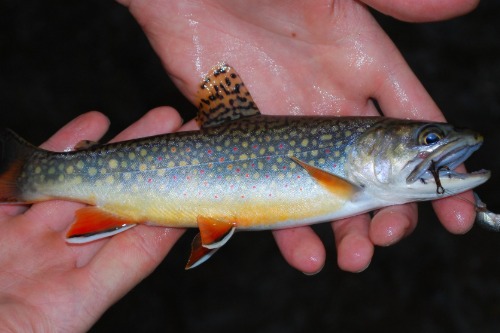
Tribes living near rivers, lakes, and the ocean relied heavily on fish for their protein. Salmon, in particular, was a seasonal favorite and often prepared by drying or smoking, which allowed it to be stored and eaten later. Fish provided vital nutrients like omega-3 fatty acids, important for heart and brain health.
10. Bison
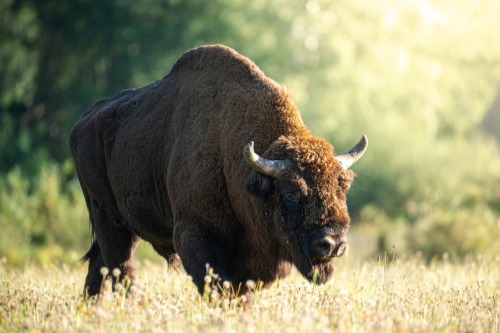
For Plains tribes, bison were essential to their way of life. They were a source of meat, hides, bones, and even tools. Bison meat was often prepared as jerky or cooked over fire pits and was rich in protein and iron. The bison was also woven into spiritual and communal practices, signifying abundance.
11. Sweet Potatoes
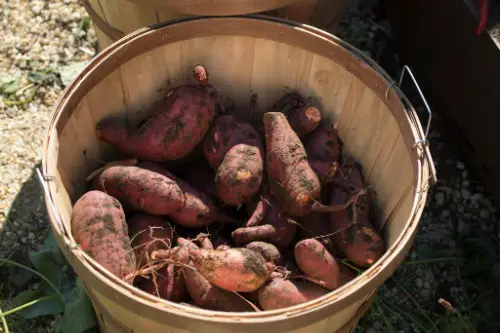
Sweet potatoes were cultivated in the southeastern United States, and they were a significant source of vitamins A and C. The sweet, starchy root was roasted or baked and eaten on its own or added to stews and soups. They were an essential part of diets during the fall and winter months.
12. Sunflower Seeds
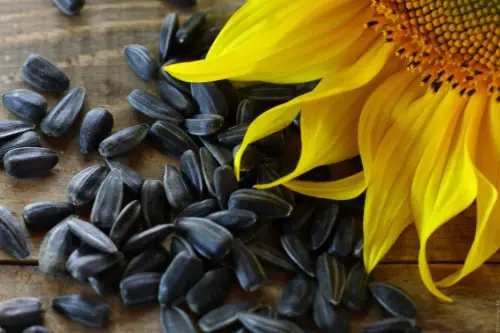
Native Americans knew the potential of sunflowers long before they became trendy. Sunflower seeds were roasted and used as a snack or ground into flour for bread. Sunflowers also provided oil that could be used in cooking or as a base for body care products.
13. Wild Nuts (Pecans, Walnuts, Hickory)
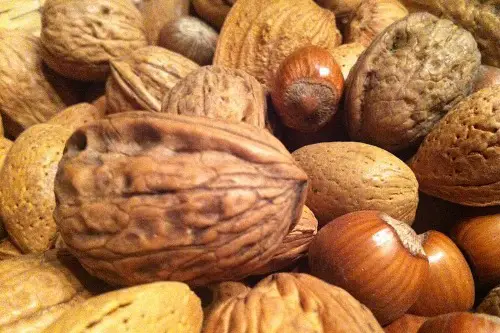
Nuts were a nutritious source of protein and fats. Tribes in the southern and eastern regions collected and enjoyed hickory, walnut, and pecan nuts, often eating them raw or grinding them into flour. These were great for adding to stews or simply enjoying on their own for energy.
14. Cattails
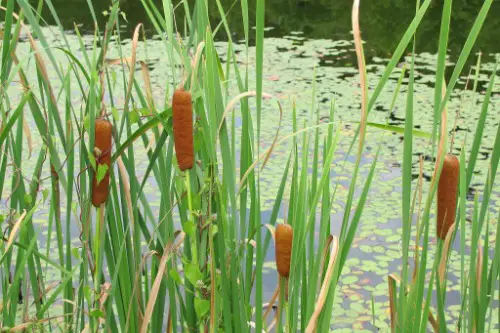
Native Americans living near wetlands found great use in cattails. Every part of the plant was edible: the roots were rich in starch and could be boiled to make a porridge, while the shoots were eaten like a vegetable. Even the pollen was collected and used as a flour substitute in certain recipes.


